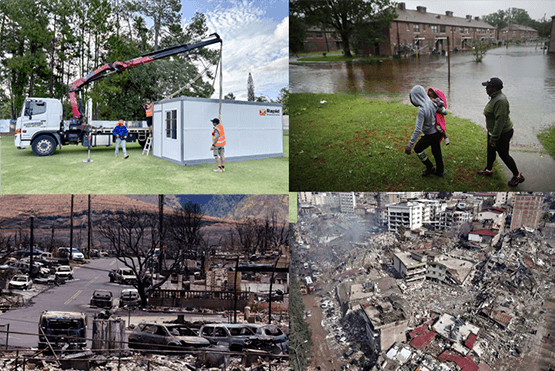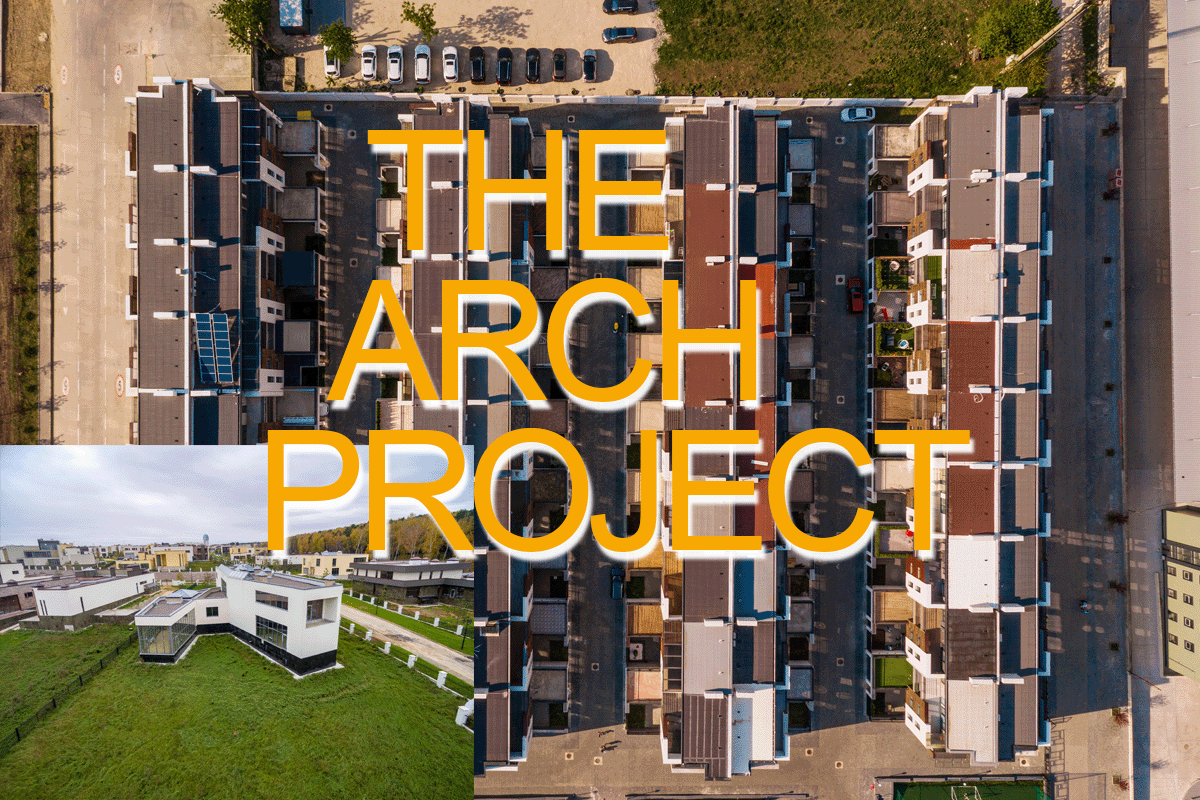In a world marked by climate change-induced disasters and other unforeseen crises, the need for crisis-responsive housing solutions has never been more critical. When disaster strikes, whether a hurricane, earthquake, or global pandemic, the most vulnerable populations are often the hardest hit. In these challenging times, the importance of designing and implementing affordable housing solutions tailored to the unique needs of disaster-affected communities cannot be overstated.
Understanding the Urgency Of Crafting Affordable Solutions for Global Disasters
As we navigate the 21st century, we find ourselves grappling with an increasing number of natural disasters, public health emergencies, and climate-related catastrophes. These crises disrupt lives, displace communities, and undermine the very fabric of society. It is in these dire circumstances that the concept of crisis-responsive housing takes center stage.
The Power of Design
Design plays a pivotal role in addressing the housing needs of disaster-affected communities. The ideal crisis-responsive housing should be both resilient and affordable. Resilience, in this context, means the ability to withstand and recover from shocks and stresses.
-
Modular Architecture:
Modular housing is a design approach that involves creating standardized building components that can be easily assembled and disassembled. This approach allows for quick deployment of housing units in disaster-stricken areas, enabling affected communities to rebuild swiftly.
-
Sustainable Materials:
The use of sustainable building materials not only ensures the longevity of crisis-responsive housing but also reduces environmental impact. Innovations in this field include using recycled materials, bamboo, and sustainable concrete alternatives.
-
Passive Design:
Passive design principles incorporate natural elements like sunlight and wind to regulate indoor temperatures and reduce the need for energy-intensive heating and cooling systems. This not only makes housing more sustainable but also lowers utility costs for residents.
-
Community-Centric Planning:
A crisis-responsive housing solution should consider the needs of the entire community. Common spaces, communal gardens, and shared resources can promote a sense of belonging and help residents support one another during difficult times.
Cost-Efficiency: A Key Pillar
Affordability is a fundamental aspect of crisis-responsive housing. These solutions must be cost-effective to ensure widespread accessibility, especially for marginalized communities who are disproportionately impacted by disasters.
-
Economies of Scale:
Mass production of modular housing components can significantly reduce costs. Government incentives and private-sector partnerships can further drive down prices.
-
Innovative Financing:
Exploring innovative financing models, such as microloans or community investment initiatives, can make crisis-responsive housing more affordable for those in need.
-
Public-Private Partnerships:
Collaborations between governments, non-governmental organizations, and private sector entities can combine resources and expertise to develop affordable housing solutions catering to disaster-affected communities’ unique requirements.
Global Outreach
The need for crisis-responsive housing extends far beyond national borders. Disasters have a way of transcending geopolitical boundaries, and international cooperation is vital in addressing these challenges.
a). Knowledge Sharing:
Sharing best practices and lessons learned from crisis-responsive housing projects across the globe can foster innovation and lead to the development of more effective solutions.
b). Capacity Building:
Investing in the capacity of local communities to design, construct, and maintain crisis-responsive housing can empower them to be self-reliant in times of crisis.
c). Diplomatic Support:
Governments and international organizations should work together to ensure that crisis-responsive housing is integrated into disaster response and recovery strategies.
Summary: Crafting a Resilient Future
In summary, as we wrap up this exploration, let us emphasize that crisis-responsive housing represents a proactive stride toward constructing a more resilient future. By blending innovative design principles with affordability and global cooperation, we can foster housing solutions that not only offer safety and security but also instill hope in disaster-affected communities worldwide. Let us collectively embark on this journey, forging a path towards a brighter and more resilient tomorrow.




